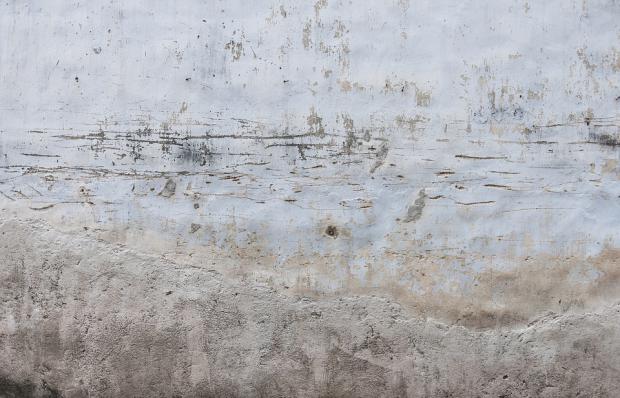
Breaking News
 Mike Benz just examined Epstein files and he's got a telltale theory…
Mike Benz just examined Epstein files and he's got a telltale theory…
 BREAKING GLOBAL EXCLUSIVE: Former High-Level CIA Operative Patrick Byrne Reveals That...
BREAKING GLOBAL EXCLUSIVE: Former High-Level CIA Operative Patrick Byrne Reveals That...
 Junk-food Bans for SNAP Users To Begin in January
Junk-food Bans for SNAP Users To Begin in January
Top Tech News
 EngineAI T800: Born to Disrupt! #EngineAI #robotics #newtechnology #newproduct
EngineAI T800: Born to Disrupt! #EngineAI #robotics #newtechnology #newproduct
 This Silicon Anode Breakthrough Could Mark A Turning Point For EV Batteries [Update]
This Silicon Anode Breakthrough Could Mark A Turning Point For EV Batteries [Update]
 Travel gadget promises to dry and iron your clothes – totally hands-free
Travel gadget promises to dry and iron your clothes – totally hands-free
 Perfect Aircrete, Kitchen Ingredients.
Perfect Aircrete, Kitchen Ingredients.
 Futuristic pixel-raising display lets you feel what's onscreen
Futuristic pixel-raising display lets you feel what's onscreen
 Cutting-Edge Facility Generates Pure Water and Hydrogen Fuel from Seawater for Mere Pennies
Cutting-Edge Facility Generates Pure Water and Hydrogen Fuel from Seawater for Mere Pennies
 This tiny dev board is packed with features for ambitious makers
This tiny dev board is packed with features for ambitious makers
 Scientists Discover Gel to Regrow Tooth Enamel
Scientists Discover Gel to Regrow Tooth Enamel
 Vitamin C and Dandelion Root Killing Cancer Cells -- as Former CDC Director Calls for COVID-19...
Vitamin C and Dandelion Root Killing Cancer Cells -- as Former CDC Director Calls for COVID-19...
 Galactic Brain: US firm plans space-based data centers, power grid to challenge China
Galactic Brain: US firm plans space-based data centers, power grid to challenge China
Phase-change concrete melts snow and ice without salt or shovels

The novel material could reduce the need for plowing and salting and help preserve the integrity of road surfaces.
According to the US Department of Transportation (DOT), more than 70% of roads are in snowy regions. Snow and ice accumulation reduces road friction and vehicle maneuverability, causing drivers to slow and increasing the risk of crashes. Snow-obstructed lanes and roads also reduce roadway capacity and increase travel time.
The DOT states that local and state agencies spend more than US$2.3 billion annually on snow and ice control operations, in addition to the millions spent repairing infrastructure damage caused by snow and ice. Salting is often used before a snow event to prevent icing, but the highly concentrated salt solution can deteriorate concrete or asphalt. In addition, when water seeps into the road and freezes, it expands, causing internal pressure and damaging the road.
In a new study, researchers from Drexel University in Pennsylvania, US, a known 'cold state,' present their self-heating concrete: a potential fix to snowed-over roads and the cost associated with clearing and maintaining them.
"One way to extend the service life of a concrete surfaces [sic], like roadways, is to help them maintain a surface temperature above freezing during the winter," said Amir Farnam, principal investigator at Drexel's Advanced Infrastructure Materials (AIM) lab and one of the study's corresponding authors. "Preventing freezing and thawing and cutting back on the need for plowing and salting are good ways to keep the surface from deteriorating. So, our work is looking at how we can incorporate special materials in the concrete that help it to maintain a higher surface temperature when the ambient temperature around it drops."
The researchers' 'special material' is paraffin, a so-called phase-change material because it releases heat when it moves from a liquid state at room temperature to a solid state when temperatures drop. In a previous study, they tested phase-change concrete in a thermally controlled lab setting, but in the current study, they tested it in real time, under real-world conditions.

 The Ever-Widening War
The Ever-Widening War

